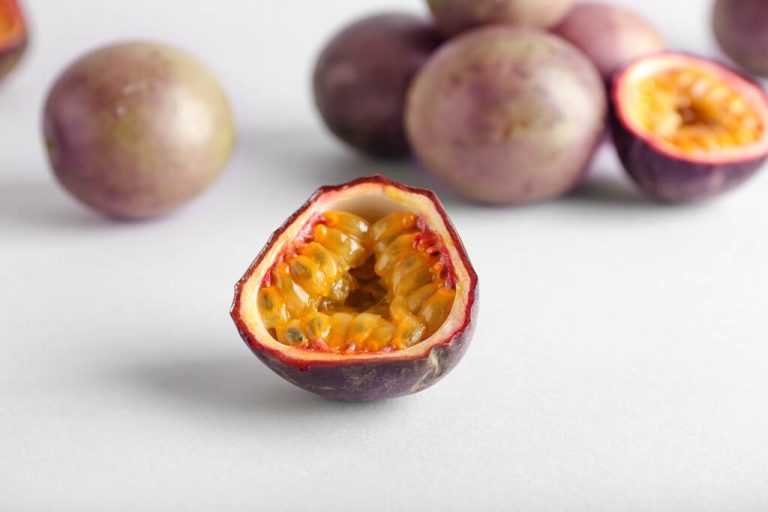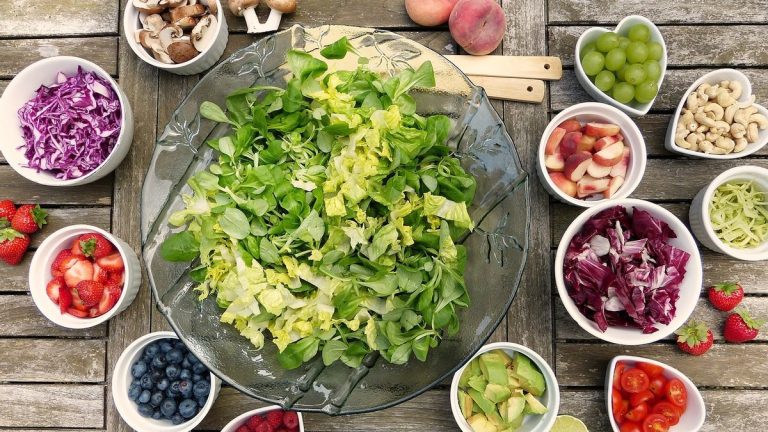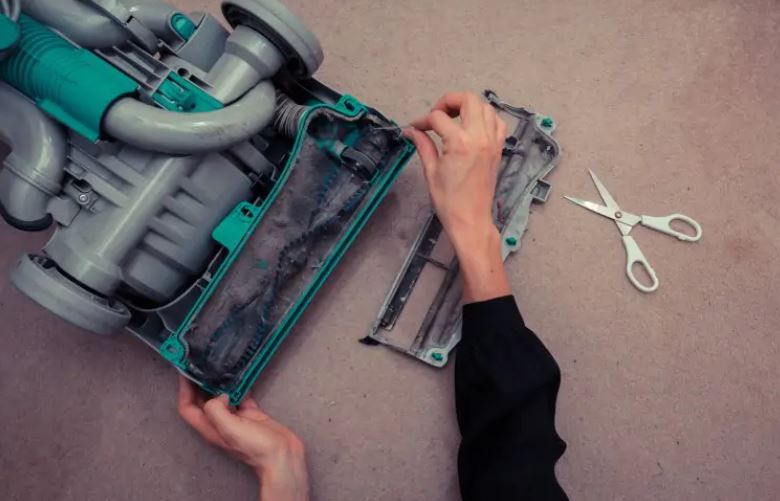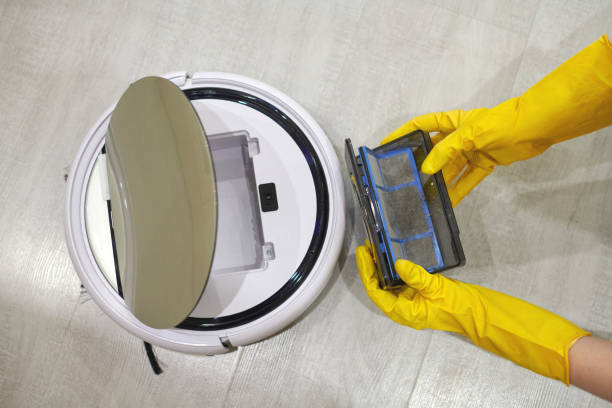Admittedly, we were really wide-eyed when Wanda completely cleaned a kiwi with skin and hair during the breakfast break for the first time. Isn’t that poisonous…? we asked. nope was the answer.
You really can’t explain why some parts of the plant make it onto the plate as a matter of course and why others are categorically spurned. It is worth it to us to take a closer look at the topic with an open mind.
When supposed waste becomes a kitchen star
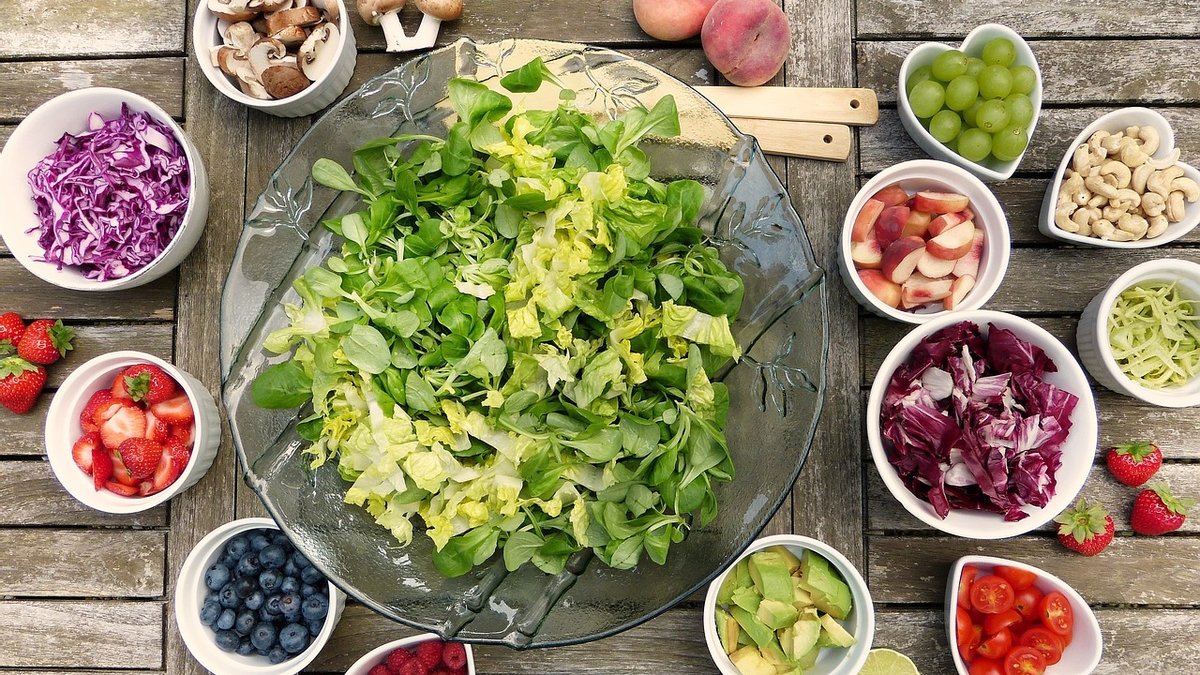
After the preparation of fruit and vegetables, the compost heap is sometimes larger than the meal itself. Valuable and tasty plant parts are often thrown away in the process. affluent society. ignorance. Habit. Wanda slyly felt about it and so she groped her way curiously and made a little space on her plate for seeds, peel and leafy greens. Result: A lot of the avoided accessories of our plant-based food are not only edible, but also tasty, healthy and included free with the vegetables! Time to finally get the plant parts out of their “garbage image”…
Of hard shells and soft cores
Seeds, skins and leaves usually have one thing in common: a densely packed supply of nutrients. In addition, a high fiber content, which comes from a significantly lower water content in these parts of the plant. Your digestion will be happy!
Three parts of plants that are often avoided and their properties at a glance:
The peel – guardian of vitamins?
A widespread thesis is that there are many vitamins under the outer cell layer, the shell. Is that even true? Most of the time yes. In the case of potatoes, however, the vitamin content tends to decrease towards the skin. But that’s usually true. This is also the case with apples, whose vitamin content in the skin is about seven times higher, according to Prof. Bognar (Federal Research Institute for Nutrition). The peel is also often many times richer in proteins and minerals. No wonder that it is often automatically eaten with many types of vegetables and fruit. In the case of a raw tomato, this is for practical reasons alone, as it is only held together by its skin.
Shell Facts:
Antioxidant plant compounds serve to protect the fruit from sun exposure and oxygen
In the shell are polyphenols and vitamin C
These act not only in the plant, but also in the human body as antioxidants and protect against aging processes and cell damage
Apple peel is particularly popular against constipation due to its high pectin content
Vitamin C in citrus peels has a dehydrating effect
The core – power center for new life
The core, botanically more correctly referred to as seed, fruit, drupe, is the basis for the propagation of vegetable and fruit plants.
Seed Facts:
The seed naturally contains nutrients that are intended to promote the growth and further development of the seedling
In the case of stone fruit, the edible seed is in the hard stone fruit, which must first be dried and then cracked (almonds, apricots). The same principle applies to popular seeds such as pumpkin or sunflower seeds
While stone fruit has to make do with just one seed, tomatoes, cucumbers and pumpkins, for example, contain several dozen seeds that are edible without any problems
The components of seeds are scientifically evaluated in a differentiated manner for human consumption, which is why you should inform yourself and weigh up before eating (see information on avocado seeds below).
Kernels that are not used in the food industry are being used more and more to generate energy by being burned, such as corn cobs or olive kernels.
The leafy green – Important for the red blood
Chlorophyll – a boring term for plant pigments, which used to be discussed in biology classes and which for a long time only really interested hobby aquarists. But ever since the green smoothie era began, chlorophyll has been on everyone’s lips as the green happiness of health. And not without reason – there is a lot of power in the green foliage of the plants…
Leaf Green Facts:
Chlorophyll is essential for photosynthesis in plants
Chlorophyll is similar to the human blood pigment hemoglobin
It promotes the absorption of iron and magnesium
It is blood-forming, blood-purifying and cell-strengthening and therefore also good for brain function
Tip: If you harvest leafy greens while the plant is growing, keep in mind that the fruit will then be smaller
You have to try these unusual plant parts!

Fruits
| fruit |
Edible plant part |
possibility of use |
| pineapple |
Peel |
It is very firm at first and needs to be soaked after washing. Then you can simmer them for the infusion. This can help you lose weight, have a detoxifying effect and be good for kidney stones or high blood pressure. |
| banana |
Peel |
The yellowish peel is edible and is said to have antibiotic and anti-fungal properties. In South America, the peel is cooked or eaten raw. Try some pureed zest in a smoothie! |
| strawberries |
Green hood |
The small green caps of the strawberry can be eaten without any problems. They contain an extra shot of antioxidants and flavonoids. |
| kiwi |
Peel |
Have you ever bitten into a kiwi like an apple? This is common in New Zealand. For this you simply have to cut the hair of the kiwi z. B. Rub off with a vegetable brush. Alternatively, you can also buy a Golden Kiwi directly. |
| mango |
Peel |
Skin and fruit are edible. The peel contains many antioxidants and has an anti-inflammatory effect. The greenish mango peel is not poisonous, at most it has an unusual taste. The peel can be eaten raw or processed into a smoothie or lassi. You can also cut them into small pieces and enjoy them as a candied snack. Approach cautiously at first! |
| watermelon |
Peel |
If you peel the green skin, you can grated the melon peel as a salad, or use it pureed in a soup or smoothie. |
| citrus fruits |
Peel |
The grated peels of lemons, oranges or limes are very popular for baking. You can also let them dry and enjoy them as a sparkling tea. |
Vegetables
| vegetables |
Edible plant part |
possibility of use |
| fennel |
fennel green |
It is suitable as a spicy herb for pasta and soups. The feathered part of the green is eaten. Blanched in hot water for 2 minutes, it can spice up any dish as a decorative, tasty herb. |
| Herbs like parsley, dill and basil |
stems |
Not only the fine leaves of many herbs, but also the slightly stronger stalks are good in smoothies, salads and soups and give them a special flavor. So, don’t be too strict when sorting! |
| Kohlrabi |
leaves |
The leaves of kohlrabi can also be processed into vegetable chips, pesto, soup or in a salad. |
| pumpkin |
peel, seeds and flowers |
And that doesn’t just apply to Hokkaido. You can eat the peel, seeds and flowers of almost all edible pumpkin varieties. If the shell is too hard, you can boil it in a broth. You can easily bake the kernels in the oven. |
| Corn |
leaf hair |
In Chinese folk medicine, health-promoting properties are ascribed to the golden hair of corn. It is eaten as a tea or as a raw snack and has a sweetish milky taste. |
| carrots |
leaf green |
Have you ever tried carrot green pesto? Then it’s high time! Simply mix together with sundried tomatoes, garlic, maple syrup, oil and salt |
| leek |
leaves |
You always cut off the firmer, green leaves and only eat the white part? Just put the green parts in the pan a little earlier, then they will be just as tasty as the white ones. |
| radish |
leaf green |
From the green leaves of radishes you can z. B. make a wonderful pesto or a delicious soup – try our recipe! |
| Beetroot |
leaf green |
The green and red patterned leaves of the beetroot can be prepared like chard in a smoothie, in a salad or steamed and have a similar taste. |
| celery |
leaf green |
The leaves of the celery are great to use in a smoothie or puree in a soup. |
| asparagus (white) |
Peel |
The woody shells of white asparagus are usually cut off, as they greatly limit the tender pleasure of eating asparagus. However, you can still cook them in a vegetable broth with butter and cream. The nutrients and flavors are transferred to the water and a strengthening soup is created. The shells are skimmed off after cooking. |
| zucchini |
peel, seeds and flowers |
Baked zucchini blossoms as a garnish for salads or soups look great and are even loved in gourmet kitchens. Plus, this is a delicious way to curb the zucchini glut. |
| onion/ garlic |
Peel |
Onion skins are particularly rich in quercetin. The taste, however, takes some getting used to and is not really digestible. We recommend boiling the bowls with (leftover) vegetables as a warming broth and skimming them off before consumption. |


